Pipe repair costs vary based on damage type (cracks, leaks, bursts), extent, location accessibility, pipe material, chosen repair method (relining vs. replacing), additional services needed, and local market rates. Urban areas generally have higher costs due to increased living expenses and competition among contractors. DIY methods save on labor for minor issues, but complex repairs require professional plumbers for efficient fixes and long-term cost savings. Regular maintenance, inspections, and preventive measures can significantly reduce the need for costly pipe repair services.
“Curious about pipe repair costs? Understanding the pricing behind this essential home maintenance task can help you prepare and budget effectively. This comprehensive guide breaks down the factors influencing pipe repair expenses, from material types and damage severity to location-specific market rates.
We’ll explore DIY vs. professional options, offering insights into cost comparisons that could surprise you. Additionally, learn preventive measures to minimize repairs and save money in the long run. Get ready to navigate your pipe repair service needs with confidence.”
- Understanding Pipe Repair Costs: Factors Involved
- Types of Pipe Damage and Their Pricing Impact
- Local Market Rates: Where You Live Matters
- DIY vs. Professional: Cost Comparison
- Preventive Measures to Save on Repairs
Understanding Pipe Repair Costs: Factors Involved
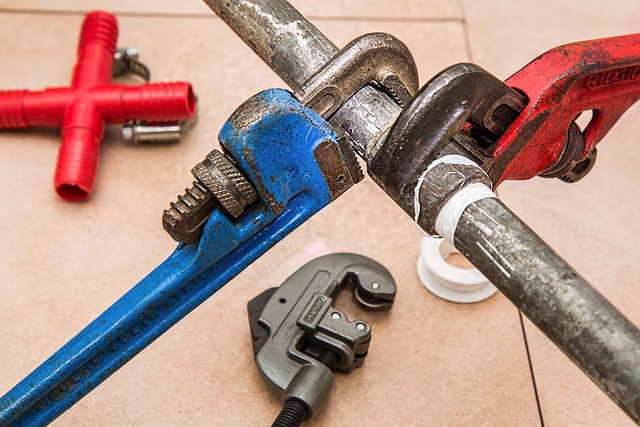
Understanding Pipe Repair Costs: Factors Involved
When it comes to pipe repair services, several factors influence the overall cost. The extent of damage is a primary consideration – whether it’s a simple leak or a more complex issue requiring complete pipe replacement. Location also plays a significant role; accessing hard-to-reach pipes can increase labour costs. Additionally, the type of material and the age of the pipes matter; older pipes might necessitate specialized repairs or upgrades to meet modern standards, impacting the price tag.
Other aspects include the method of repair chosen, such as relining versus replacing, and whether any additional services are needed, like damp proofing pipes for improved moisture protection or pipe insulation for cold weather environments to prevent freezing. Leaking pipe detection techniques can also vary in cost depending on their accuracy and efficiency. These factors collectively determine the price of a pipe repair job, making it essential for homeowners to discuss these details with potential service providers to get an accurate estimate.
Types of Pipe Damage and Their Pricing Impact
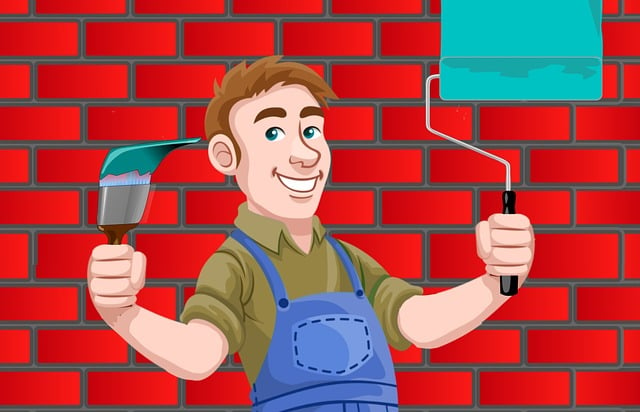
Pipe damage can vary greatly, leading to significant price differences in pipe repair services. From cracks and leaks to bursts and corrosion, each issue presents unique challenges. For example, a simple crack or leak might only require replacing a short section of pipe, while a burst pipe needs emergency attention and often involves extensive repairs and even full replacements. Corrosion, especially in older pipes, can lead to frequent issues and more costly interventions over time.
When assessing the cost of pipe repair, it’s crucial to consider the type and extent of damage, as well as local market rates for pipe repair companies. Additionally, specific materials like polyethylene pipes, which are common in modern plumbing, might have different repair costs compared to traditional metal pipes. Ensuring safe drinking water is another factor that can impact pricing, as certain repairs require specialized materials and techniques to maintain water quality.
Local Market Rates: Where You Live Matters
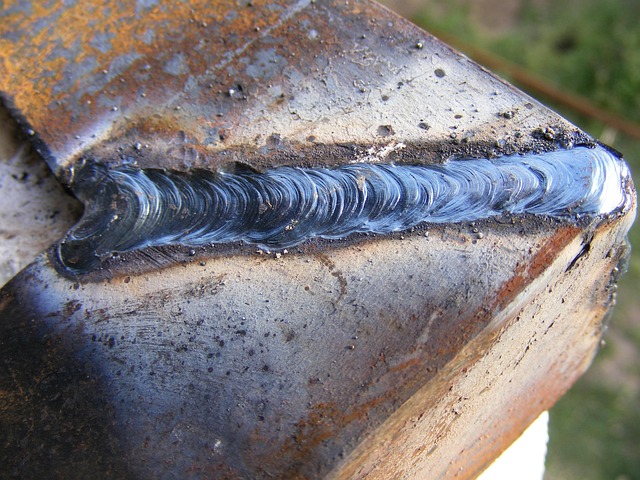
The cost of pipe repair can vary significantly depending on several factors, and one of the most influential is your location. Local market rates for plumbing services differ across regions due to varying economic conditions, labor costs, and competition among contractors. For instance, urban areas often have higher prices because of increased living expenses and a larger demand for specialized pipe repair services. Conversely, rural locations might offer more affordable plumbing solutions due to lower operational costs and less stringent competition.
Understanding these regional disparities is crucial when planning any pipe repair or restoration projects, including restoring old pipework. Additionally, some areas may have specific regulations that affect pricing, especially when it comes to ensuring safe and up-to-code repairs. As such, homeowners should research local rates and consider options like high-pressure pipe cleaning as a cost-effective way to extend the lifespan of their plumbing systems.
DIY vs. Professional: Cost Comparison
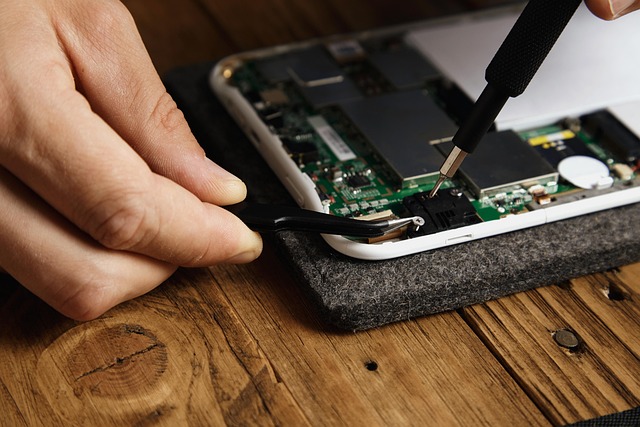
When it comes to repairing pipes, homeowners often face a crucial decision: DIY or professional help? While some minor issues can be tackled by those with basic handyman skills, more complex pipe repairs, especially involving sewer lines or gas pipes, require specialized knowledge and tools. Let’s explore the cost implications of these choices.
DIY methods for simple pipe repairs can be significantly cheaper. You’ll save on labor costs by taking care of it yourself, but remember to factor in the expense of necessary tools and materials. However, for larger problems like sewer line repair or gas pipe leaks, safety concerns should take precedence. Professional plumbers possess the expertise and equipment to fix these issues efficiently, ensuring your home’s plumbing system is restored without further damage or safety hazards. While this comes at a cost, it often proves more economical in the long run, as professionals can prevent bigger, costlier problems from arising.
Preventive Measures to Save on Repairs
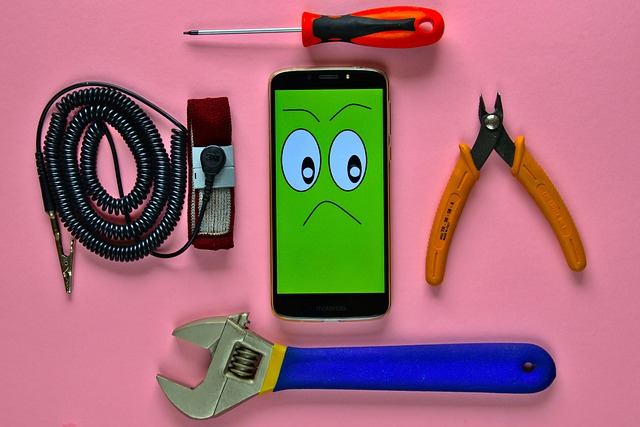
Regular maintenance and preventive measures can significantly reduce the need for costly pipe repair services. One of the most effective ways to save on repairs is to address potential issues early on, especially with kitchen sink pipe problems. By scheduling routine inspections, homeowners can identify minor leaks or blockages before they turn into major disasters. Simple tasks like clearing drain traps and checking for water damage around pipes can go a long way in preventing costly copper pipe repair techniques.
Additionally, using high-quality materials during initial installations and ensuring proper ventilation can help safeguard against pipe damage. Preventing issues such as corrosion and freezing is crucial, and simple measures like insulation and regular cleaning can significantly extend the lifespan of plumbing systems. These proactive steps not only save money but also reduce the environmental impact associated with frequent pipe repairs.
Pipe repair costs can vary greatly depending on several factors, including the type of damage, location, and whether you opt for a DIY approach or hire a professional. Understanding these variables is key to budgeting effectively. While some minor repairs may be manageable as a DIY project, more complex issues often require specialized knowledge and tools, making professional pipe repair services the better choice. Regular maintenance and addressing potential issues early can significantly reduce repair costs over time. Remember, when it comes to plumbing, seeking expert advice ensures long-lasting solutions, saving you money in the long run.
